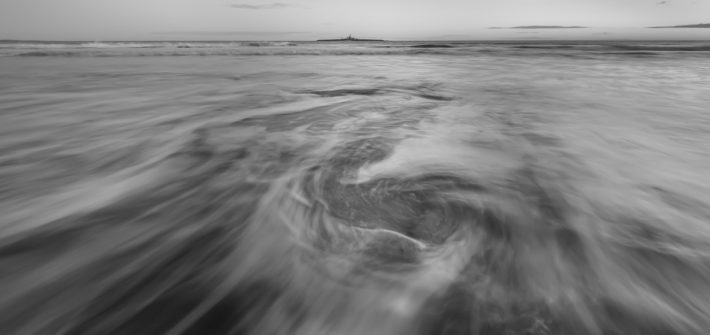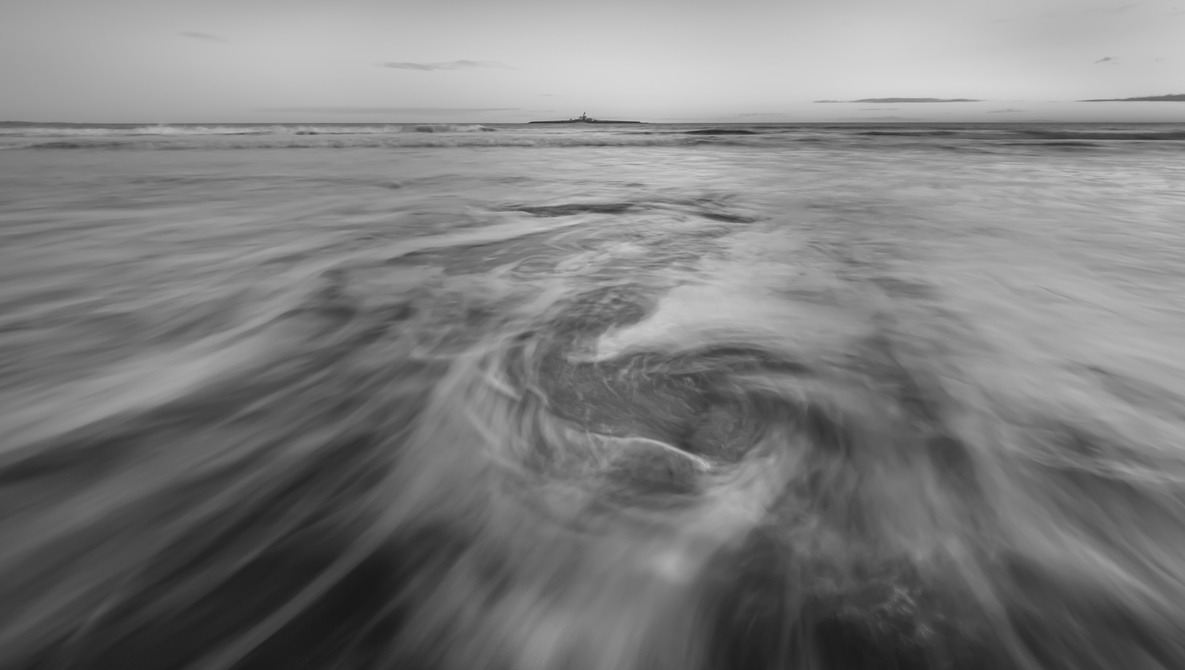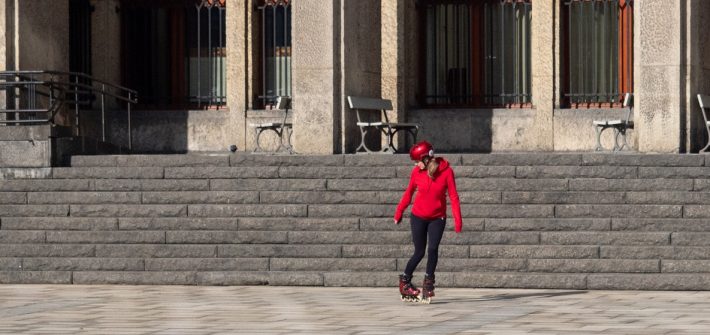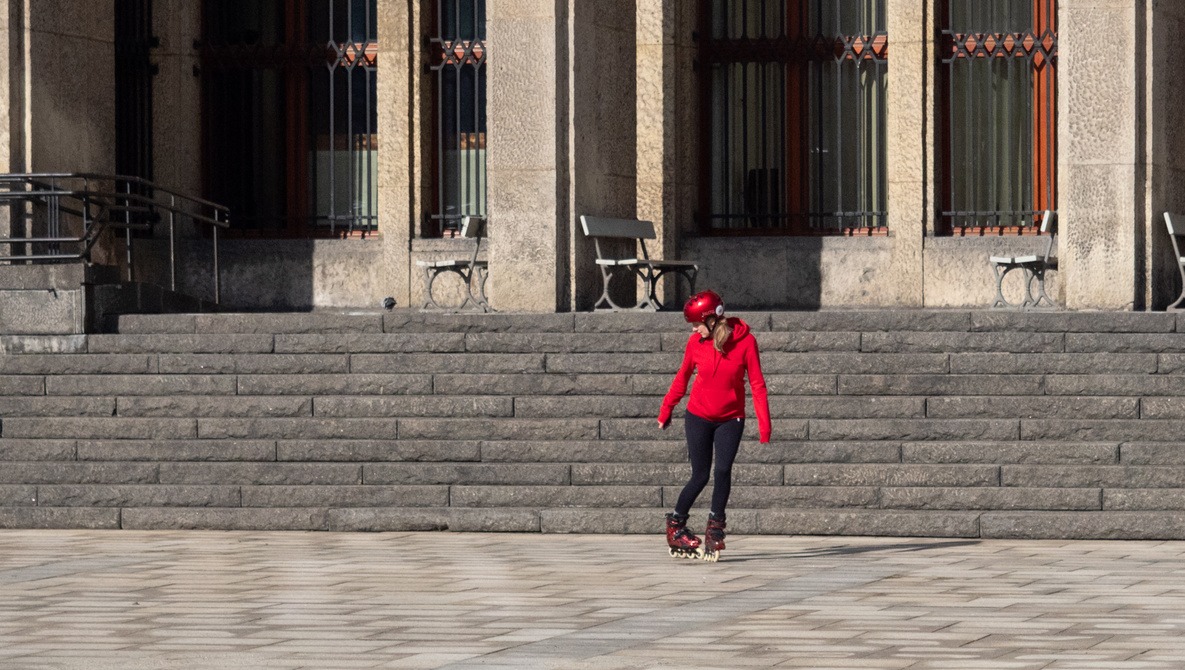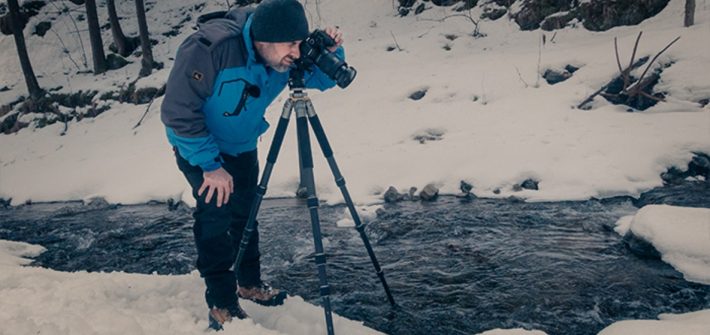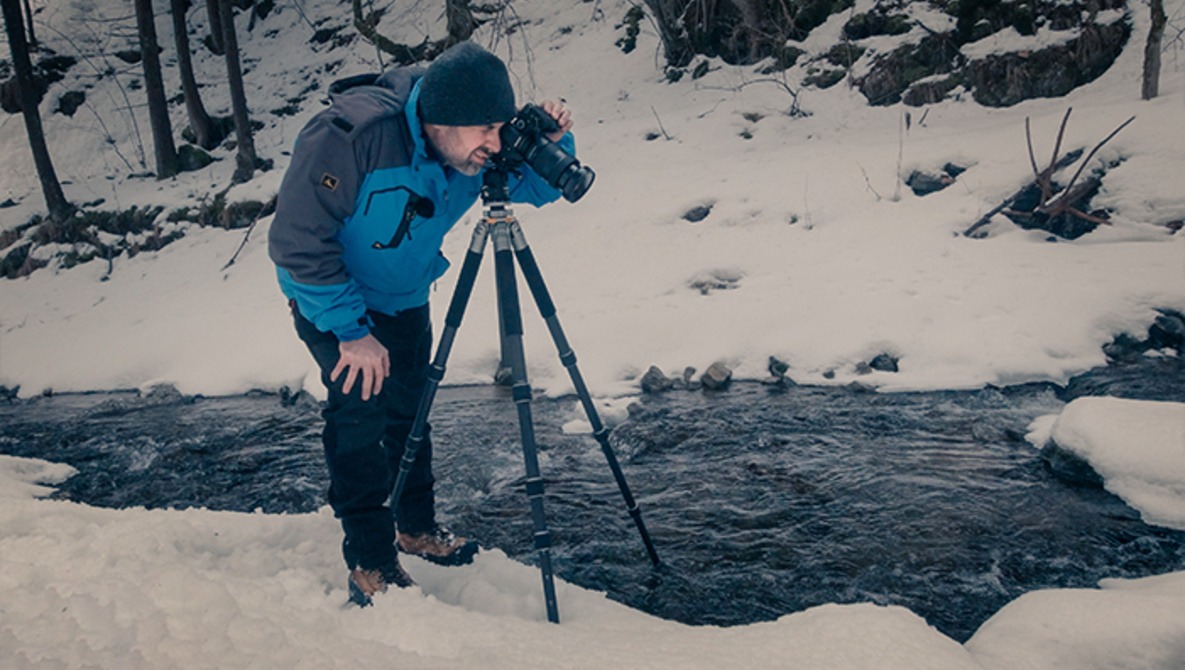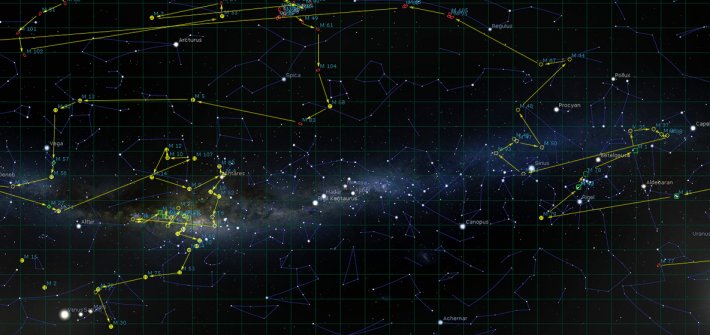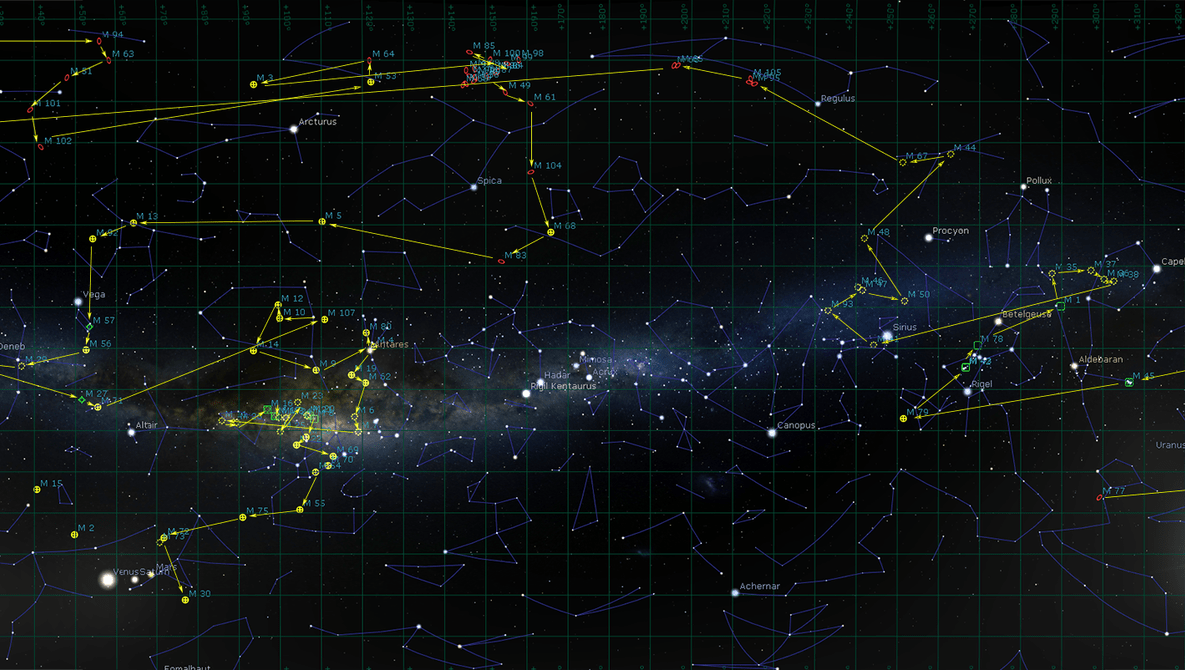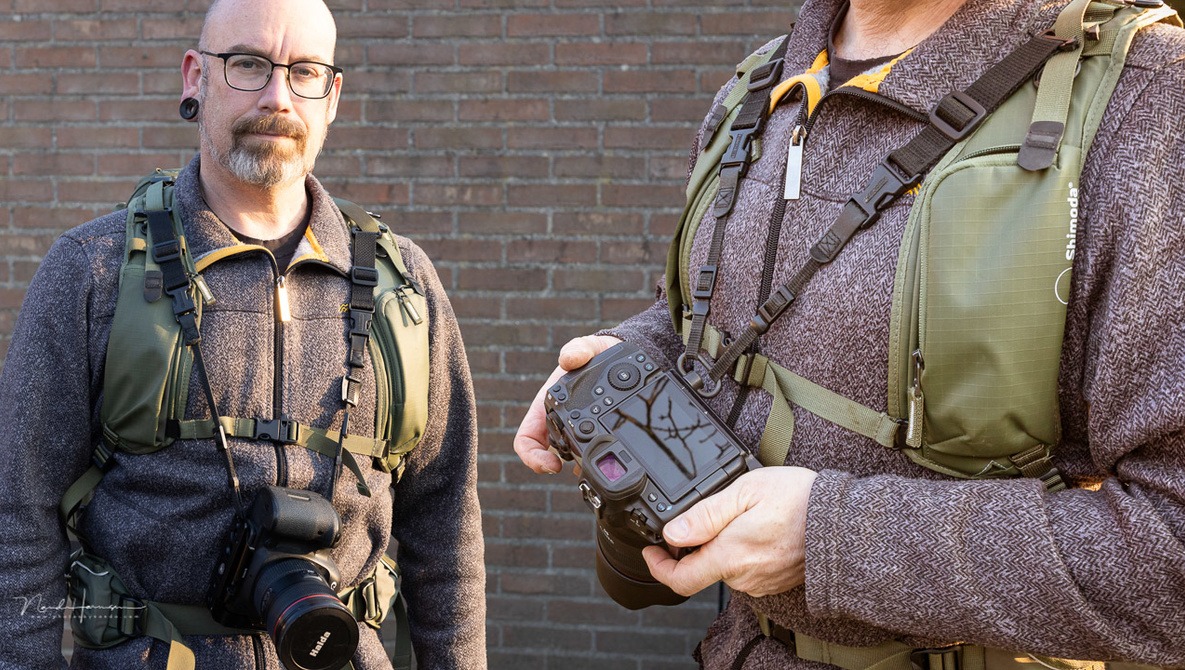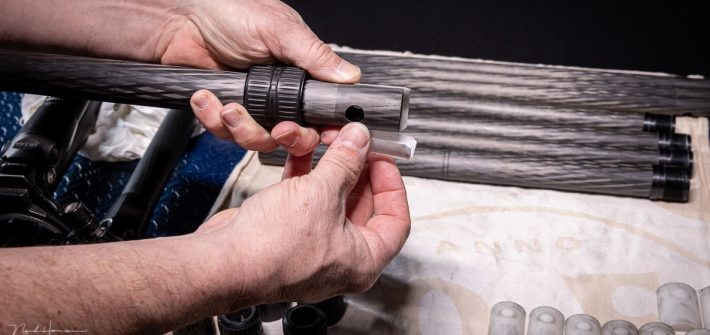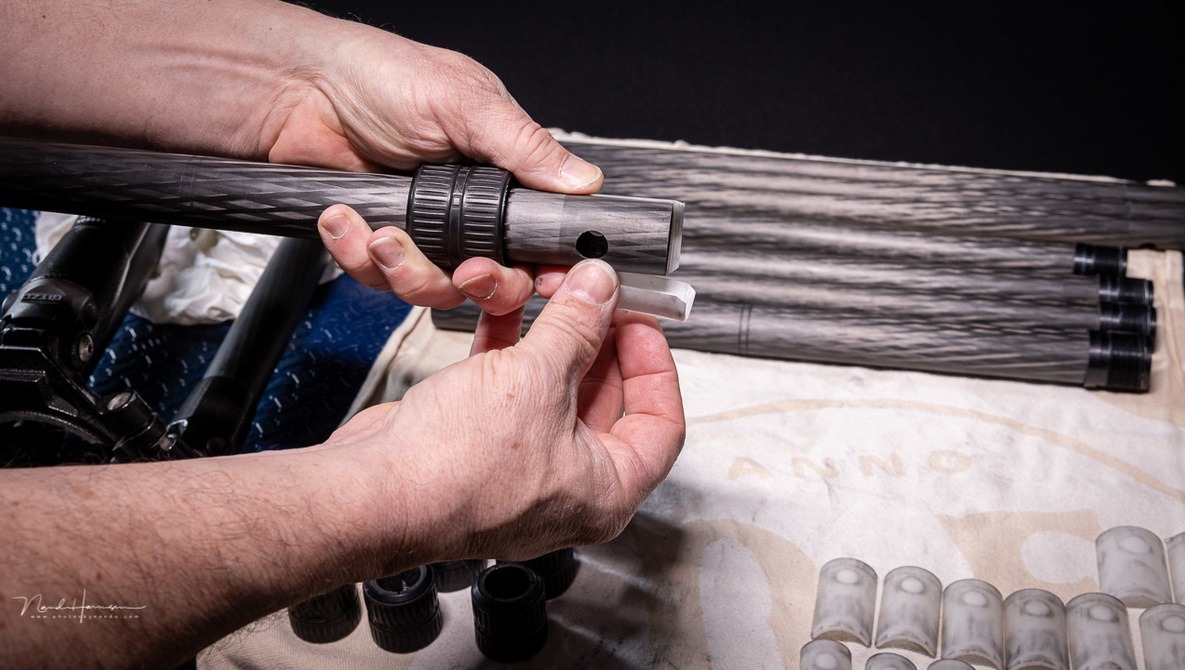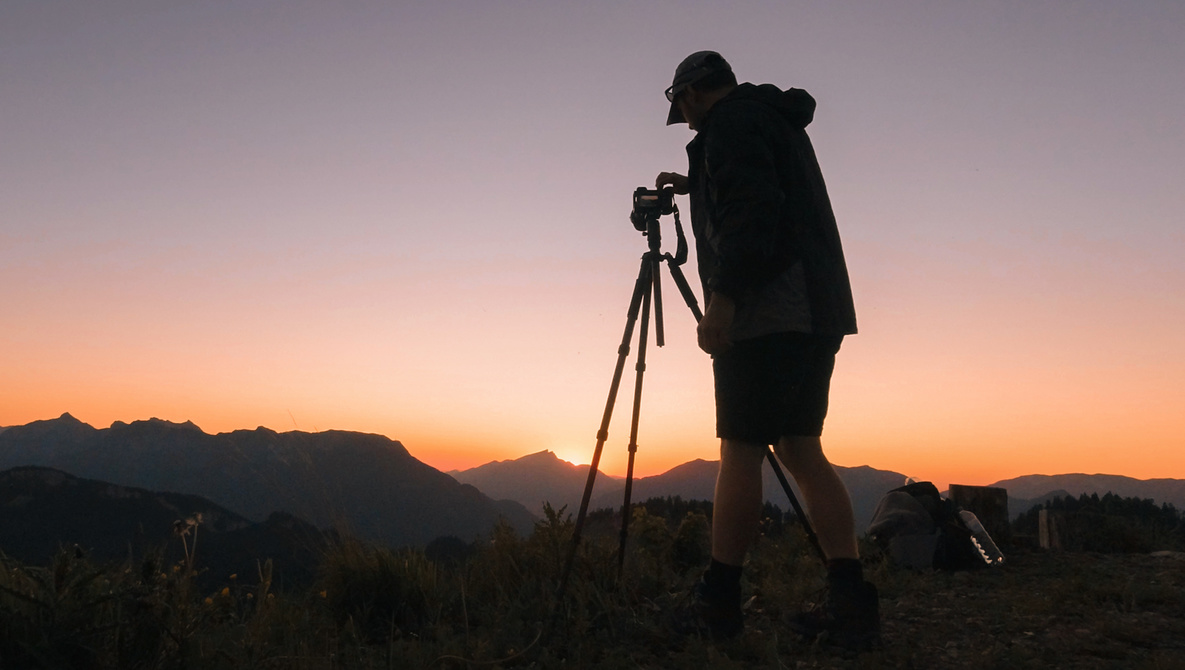When we shoot photographs, we may or may not want to increase the appearance of depth in the image. Many more tools than depth of field are available to us. Here are some things we can do to add or decrease perspective.
Fstoppers Originals
Skip Social Media Advertising and Grow Your Business With These Tips

Growing a business can seem like a nebulous task. It can feel like there are too many ways to do it, with each way being a crap-shoot. Before I made the switch to being a commercial food photographer, I ran a successful marketing agency. Let me share with you some tips to reach your ideal client and grow your business.
My Perfect Camera Carrying SystemWith QD
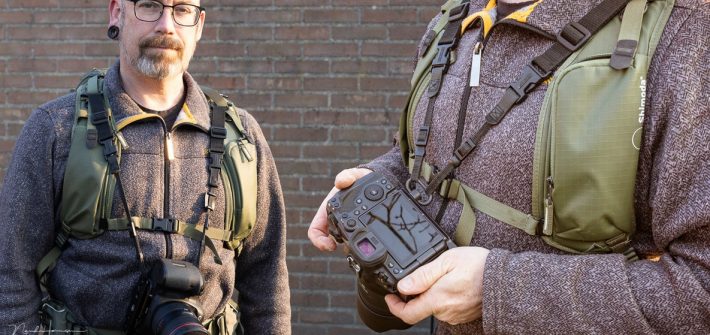
With every camera comes a nice strap, often mentioning the name of the brand. Although the strap works nicely, there are much better solutions. In the last decade, I have found a solution that suits my own needs. Since I often get questions about it, I decided to write an article about it.
I Bet You’re Making These Silly Instagram Mistakes

I recently wrote an article on why photographers hate but still use Instagram. While writing it, I started thinking about how photographers use Instagram. Unfortunately, there are several mistakes that you are probably making. Here are some of the most common ones.
How To Change Your Lifestyle To Have More Time for Landscape Photography
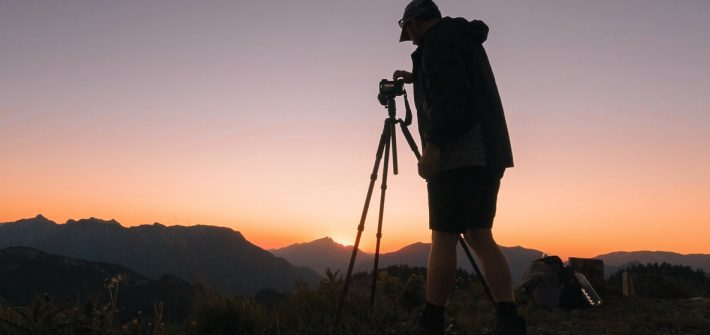
The light is amazing. There are dozens of compositions waiting out there. But where are you? Sitting in your office, working eagerly for your boss or for your clients? I found a solution to combine my job with my landscape photography, to photograph wherever and whenever I want.
